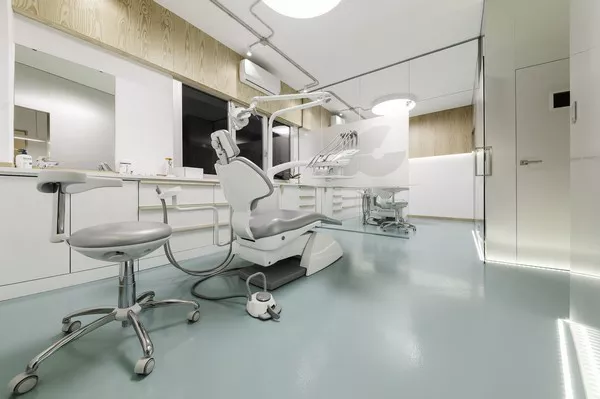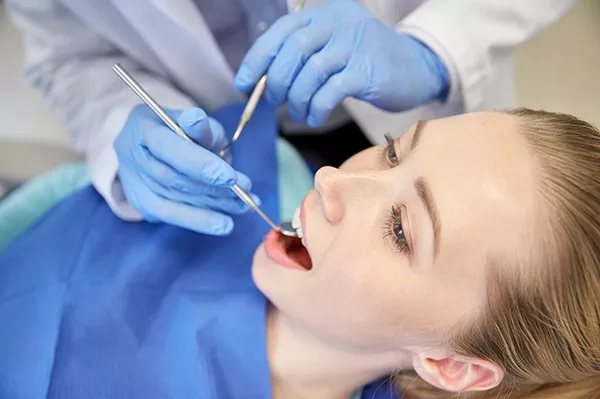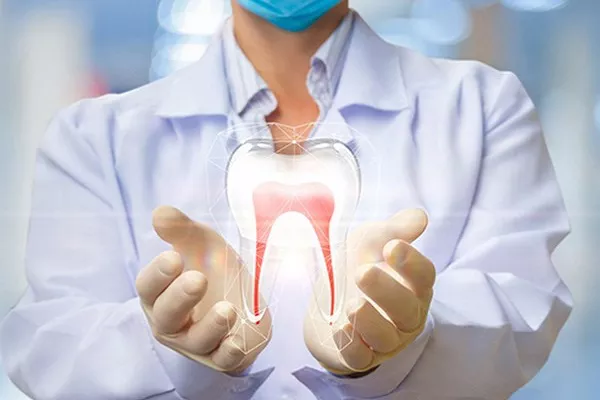Dental fillings play a crucial role in restoring damaged or decayed teeth, providing strength and protection. In recent years, advancements in dental technology have introduced laser fillings as an alternative to traditional fillings. Laser filling, also known as laser dentistry or laser-assisted dental restoration, is a modern approach that utilizes laser energy to remove decay and prepare the tooth for filling material. In this article, we will delve into the world of laser fillings, exploring their benefits, procedure, and considerations. By understanding the intricacies of laser fillings, patients can make informed decisions about their dental treatment options.
I. The Basics of Laser Fillings
A. What are Laser Fillings?
- Laser fillings involve the use of dental lasers to remove decay and prepare the tooth for the filling material.
- Lasers emit concentrated light energy that can selectively remove decayed tissues while preserving healthy tooth structure.
B. Advantages of Laser Fillings
- Minimally Invasive: Laser fillings require less removal of healthy tooth structure compared to traditional drilling.
- Precision and Accuracy: Laser technology allows for precise removal of decay, resulting in a more conservative restoration.
- Reduced Discomfort: Laser energy can seal nerve endings, reducing the need for anesthesia and minimizing post-treatment sensitivity.
C. Types of Laser Systems
- Erbium lasers: These lasers are commonly used for soft tissue procedures and can also be utilized for tooth preparation and decay removal.
- CO2 lasers: Primarily used for soft tissue procedures, CO2 lasers may also be employed in certain dental restorations.
II. The Laser Filling Procedure
A. Examination and Diagnosis
- Comprehensive Dental Evaluation: The dentist assesses the tooth’s condition using clinical examination and diagnostic tools such as X-rays.
- Identification of Decay: The dentist identifies the extent and location of the decayed areas that require treatment.
B. Laser Preparation
- Isolation and Protection: The dentist isolates the treatment area and protects adjacent teeth and soft tissues using a dental dam or specialized barriers.
- Laser Decay Removal: The dentist uses the dental laser to precisely and selectively remove decayed tissues while preserving healthy tooth structure.
- Cleaning and Disinfection: The tooth surface is thoroughly cleaned and disinfected to ensure optimal bonding of the filling material.
C. Filling Material Application
- Composite Resin: The dentist applies tooth-colored composite resin material to the prepared tooth, layer by layer, shaping and sculpting it to restore the natural tooth contour.
- Curing the Material: Each layer of composite resin is hardened using a curing light, creating a strong bond between the filling and the tooth.
III. Considerations and Benefits of Laser Fillings
A. Potential Candidates
- Small to Moderate Cavities: Laser fillings are typically suitable for treating early-stage cavities or small to moderate-sized decay.
- Tooth Preservation: Laser fillings are ideal for patients seeking minimally invasive dental treatments that preserve healthy tooth structure.
B. Benefits of Laser Fillings
- Preservation of Tooth Structure: Laser fillings remove minimal healthy tooth structure, resulting in a more conservative restoration.
- Reduced Discomfort and Sensitivity: Laser energy helps seal nerve endings, reducing post-treatment discomfort and sensitivity.
- Improved Aesthetics: Tooth-colored composite resin used in laser fillings blends seamlessly with natural teeth, enhancing overall smile aesthetics.
C. Considerations and Limitations
- Cost: Laser fillings may be relatively more expensive compared to traditional fillings due to the advanced technology involved.
- Accessibility: Laser fillings may not be available in all dental practices, limiting their accessibility to some patients.
- Case Suitability: The dentist will determine if laser fillings are appropriate based on the individual’s specific oral health needs.
Conclusion
Laser fillings have revolutionized the field of dental restorations, offering patients a minimally invasive and precise treatment option for decayed teeth. By utilizing laser energy, these fillings preserve more healthy tooth structure while providing a strong and aesthetically pleasing restoration. While the availability and cost of laser fillings may vary, they present an exciting advancement in modern dentistry. It is important for patients to consult with their dentist to determine if laser fillings are suitable for their specific dental needs. With the potential benefits of preserving tooth structure, reducing discomfort, and improving aesthetics, laser fillings can contribute to optimal oral health and a confident smile.
Related Topics:





























